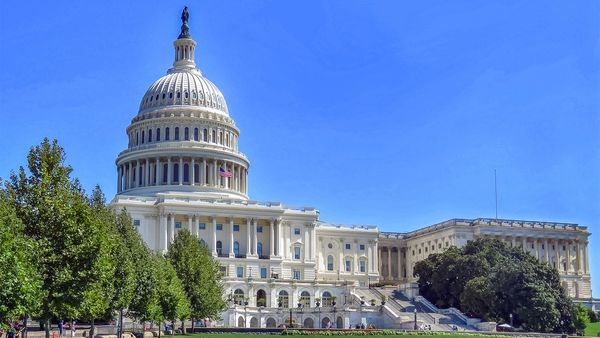
Amid a media cyclone last week concerning chronic violence and alcohol issues in Alice Springs, children in two detention centres almost 4000 kilometres apart were being held in solitary confinement. Most are on remand; most, if not all, are First Nations. The continued documentation of the horrors inside these centres begs the question: why isn’t there an outcry?
Donna Hunter’s 12-year-old grandson has spent four months during the past two years inside the former adult prison in Berrimah known as Don Dale Detention Centre, on the outskirts of Darwin. Hunter says he has spent long periods in solitary confinement and that his meals have been shoved through door hatches. She cites a lack of recreational activities and therapeutic care as longstanding issues.
“Just imagine what that does to their head. For two years now I’ve seen the difference in my grandson from what he is today … He’s there in that place that was condemned for a bulldozer, but it’s still standing,” she said.

“They put the children in there, our most vulnerable — our future. They put them in there: [a] three-by-three cell, a toilet, a tap that they drink out of and wash their hands, a basin. That’s what they do — cockroaches, ants on the walls, spit.”
Over in Western Australia, Banksia Hill Detention Centre gained national attention when teenage detainees, tired of months of confinement, climbed onto the prison’s roof on New Year’s Eve and set fire to a building. Located in Perth’s south, it is the only youth detention centre in the state, and is the subject of a class action alleging severe mistreatment by numerous former detainees.
Voices from those inside were published in a report by the WA children’s commissioner at the end of 2021. Anonymous detainees described their conditions: “We got no fresh air. We’ve got only little windows in our cells … they wonder why we get so angry when they keep us in our cell all day.”
Self-harm is prevalent, with one detainee saying, “The only time you get to see the nurse is when you threaten yourself.”
Banksia Hill and Don Dale are two sides of the same coin: staffing shortages, repeated usage of solitary confinement, children consistently incarcerated on remand for petty crime, and an overwhelmingly Aboriginal representation in the justice and detention systems.
A spate of youth crime brings attention (and money), but the aftermath is much direr: what is it about children being locked up in detention that is so acceptable to Australian society?
Both Western Australia and the Northern Territory share Labor governments that profess to be “tough on crime” and that have funnelled millions into either expanding or building anew their respective youth detention centres.
Noongar woman, lawyer and international human rights expert Dr Hannah McGlade sees the situations in Alice Springs, Darwin and Perth as saying governments and society at large were “more willing to respond” when there are “Aboriginal kids running amok on the streets”.
“I think when it comes to Aboriginal kids that are locked up, it is ‘out of sight, out of mind’, which is a racist attitude,” McGlade said.
For the NT government, a longstanding attempt to shift its image since the Royal Commission into the Protection and Detention of Children in the Northern Territory has still not culminated in the closure of the Don Dale centre, despite the commission’s final report explicitly calling for such action.
And in Western Australia, a Labor supermajority with billions poured into policing means that laws such as three-strike mandatory detention can pass without opposition.
“It’s been decades of this punitive approach — they think it’s a vote-catcher,” McGlade said.
For Donna Hunter, the lack of proper rehabilitation means that her grandson is one of many cycling through the system, again and again. It isn’t about politics for her; it is about bringing him home.







